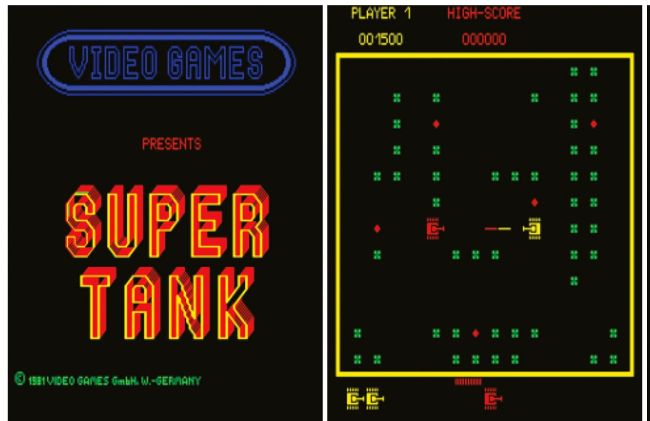Retro gaming on the Pi
Set up RetroPie and set a course for nostalgic reverie.

Graphics in 1981 weren’t really up to much, but later we’ll see how shaders can make Super Tank more beautiful.
There’s been a resurgence in retro gaming lately. The C64 and NES (originally launched in 1982 and 1983, respectively) both saw mini editions launched back in 2018 and both enjoyed plentiful sales. A SNES edition appeared last year too, priced rather steeply at £239 (more than the original’s RRP, not considering inflation). This was followed by the Amiga A500 Mini at the start of 2022 (RRP £120).
All of the above are just open source emulators running on commodity hardware in a designer shell, so you might think the prices are a little overboard. What you’re paying for though, mostly, is the licence to run these retro ROMs and disk images legally. Nintendo in particular will strike down upon thee with great vengeance and furious anger if it catches you distributing any of its intellectual property. Just ask RomUniverse or LoveRetro.co. They might sue us for saying that, so we won’t mention their name again.
Be that as it may, there are a huge number of titles spanning the past five decades that you can run for free on cheap, modern hardware. If you have access to old tapes and disks there are open source solutions (of varying complexity) for extracting data from these, too. Running the emulators as is will give you the best gaming experience and maximum customisability. And as you may have guessed from the title, the Raspberry Pi is a great platform on which to do this.